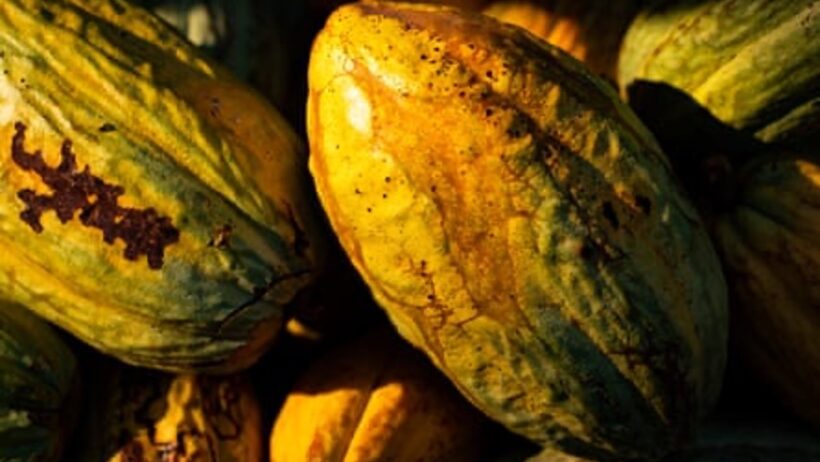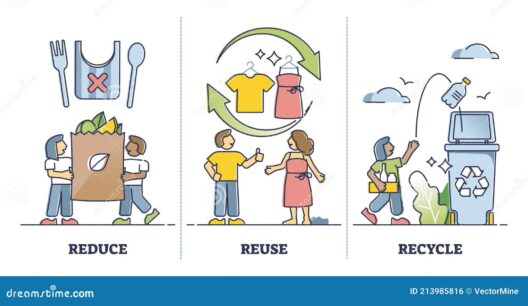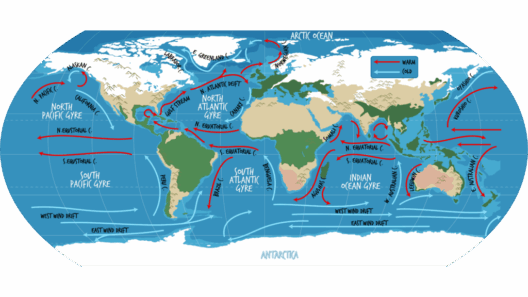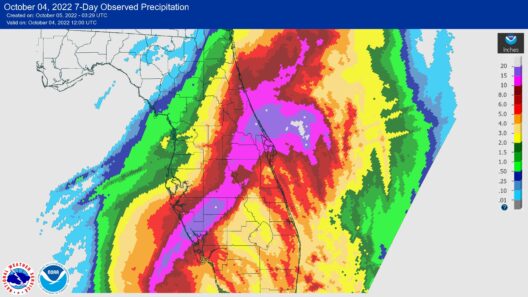Imagine waking up one morning to find that your beloved cup of coffee costs nearly twice as much as it did yesterday. This might seem like a far-fetched prospect, but the reality is that global warming is poised to exert significant pressure on coffee prices, transforming your daily brew into an expensive luxury.
Coffee, a staple for millions around the globe, is not just an economic commodity; it is a cultural phenomenon. From artisan coffee shops in bustling cities to cozy home brews, coffee is part of our social fabric. However, as climate change accelerates, the implications for coffee production systems become increasingly stark. Are we prepared to pay the price for our morning ritual?
The coffee plant, known scientifically as Coffea, thrives in specific conditions—ideal temperatures, ample rainfall, and fertile soil. Most of the world’s coffee is grown between the Tropics of Cancer and Capricorn, in regions typically characterized by moderate temperatures and predictable seasonal rainfall. However, rising global temperatures and unpredictable weather patterns are altering these traditional coffee-growing locales, creating a precarious situation for the coffee supply chain.
Global warming, attributed to anthropogenic activities such as fossil fuel combustion and deforestation, is anticipated to raise temperatures by up to 4 degrees Celsius by the end of this century. This dramatic shift poses a dire challenge for coffee growers, especially Arabica coffee, which accounts for about 60-70% of global production. Arabica thrives at elevations between 2,000 to 6,000 feet, but as temperatures rise, suitable growing regions will shift, leaving many current coffee-producing areas unsuitable. This shift threatens not just the quantity but also the quality of coffee.
As temperatures climb, the incidence of pests and diseases that afflict coffee plants is expected to increase. The coffee borer beetle, for instance, is becoming more prevalent in warmer climates, wreaking havoc on coffee crops and diminishing yield. Moreover, coffee leaf rust, a fungal disease exacerbated by changing climatic conditions, has devastated plantations in Central America, displacing thousands of smallholder farmers who rely on coffee cultivation for their livelihoods.
Such disruptions in coffee production naturally lead to economic repercussions. With dwindling supply and rising production costs, coffee prices are likely to escalate. This increase may manifest as a direct pass-through to consumers who already spend a significant portion of their income on quality coffee. The impact on lower-income populations could be severe, forcing some to reconsider their daily habits and potentially ceasing coffee consumption altogether.
In addition to environmental threats, socio-economic issues are compounded by climate change. Many coffee-growing regions are already rife with economic instability. Farmers often operate on razor-thin margins, and periodic crop failures due to erratic weather can lead to food insecurity. When coffee prices rise due to climate-induced shocks, it can exacerbate the existing vulnerabilities faced by farmers and their communities.
Can innovative agricultural practices help mitigate the unfolding crisis? Conservation techniques, agroforestry, and the introduction of climate-resilient coffee varieties could play a vital role. By integrating shade trees and diversifying plantations, farmers can create microclimates that buffer against climate extremes and improve soil health. Agroecological practices not only contribute to sustainability but also enhance biodiversity and provide farmers with adaptable solutions in an ever-evolving climate landscape.
Additionally, investing in research for climate-resilient coffee species may hold promise. Breeding programs focused on developing varieties resistant to pests and diseases while requiring less water could potentially safeguard farmers against the worst effects of climate change. Collaborative efforts between academia, industry, and smallholder farmers are essential for implementing these strategies effectively.
While these adaptations offer hope, the reality remains that they cannot single-handedly solve the multifaceted challenges posed by climate change. Structural changes in global markets may also be necessary. Fair trade and direct trade models that prioritize farmers’ livelihoods and sustainable practices can encourage more equitable distribution of profits in the coffee supply chain. By directly supporting farmers, consumers can help create a more resilient and ethical industry.
Moreover, as the effects of climate change become more pronounced, it is imperative that consumers become informed and take action. Awareness around sustainable coffee consumption, understanding the origin of beans, and supporting brands committed to ethical sourcing can influence the market for the better. As consumers increasingly demand transparency and sustainability, coffee producers may feel pressured to adapt to the changing landscape.
Nonetheless, the stark reality remains: as climate change continues to afflict global agriculture, your morning cup of coffee may indeed become a bitter luxury. The challenge is not merely economic; it is an ethical and environmental imperative to act now to preserve the cherished beverage that so many hold dear.
In facing this impending crisis, let us ponder—how much are we willing to change in our consumption patterns to safeguard the future of coffee? What sacrifices or adaptations will we consider as global warming threatens to transform our mundane ritual into an exorbitant expense?








